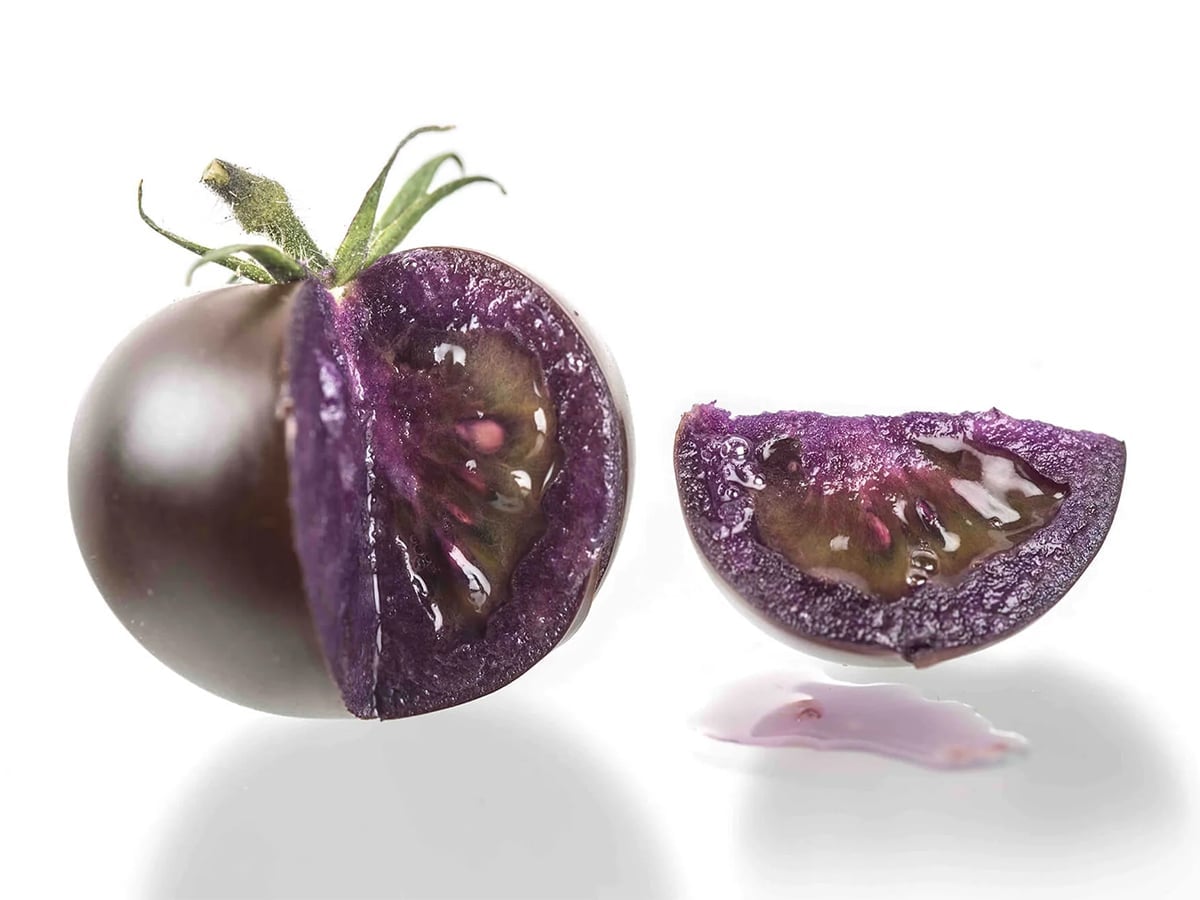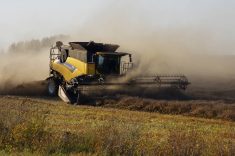MarketsFarm — Canola futures on the Intercontinental Exchange kicked off the week of Oct. 23-27 with sharp losses, as the most heavily traded January contract busted through its support level of $700 per tonne.
Among the reasons for canola’s steep fall, as David Derwin pointed out, were the better than average yields from this year’s Prairie harvest.
“Most people are done [combining] but there is still some canola out there and the story is the same: what’s coming off is a little bit better than anticipated. That’s kept the pressure on canola,” said Derwin, a commodity futures advisor for PI Financial in Winnipeg.
Read Also

Selling GMO tomato seeds to Canadian gardeners ‘reckless’ say advocates
Selling genetically-modified purple tomato seeds to home gardeners could raise the risk of contamination of organic vegetable varieties and hamper farmers’ ability to save their own seed, say a group of advocates.
Derwin also cited the inability of the nearby November soybean contract to firmly remain above US$13 per bushel at the Chicago Board of Trade.
“It’s just a little bit of financial gravity continuing to pull down on these markets,” he said of ICE canola and the Chicago soy complex.
“You look at where we came from, $800 to $700 and now underneath that in a matter of a couple of months,” Derwin continued about canola, adding the longer-term trend was pointing lower.
However, he said a reprieve is always possible, with a price shift of $50/tonne quite possible, maybe $100.
Derwin said the downward trend in canola won’t last indefinitely and will eventually give way. But most likely before that were to occur, canola would become rangebound for upward of two to three months before breaking out.
As for farmers leery about selling their canola, he suggested a few options.
“Whether they want to make some sales of canola, replace that with some call strategies if it moves higher, or if they have concerns and don’t mind holding it in the bin,” Derwin said, adding there are also put strategies to be considered.
In making these choices, he said farmers should consider current interest rates.
“[They] are a lot bigger factor now than they have been for years,” he continued, noting operating lines of credit are most often seven to eight per cent.
“That’s a lot of money on canola that over the course of a year, at eight per cent it’s $50 per tonne. That adds up,” Derwin pointed out.
Instead, he said cash into an investment account that earns five to six per cent interest could be a better move.
— Glen Hallick reports for MarketsFarm from Winnipeg.
















